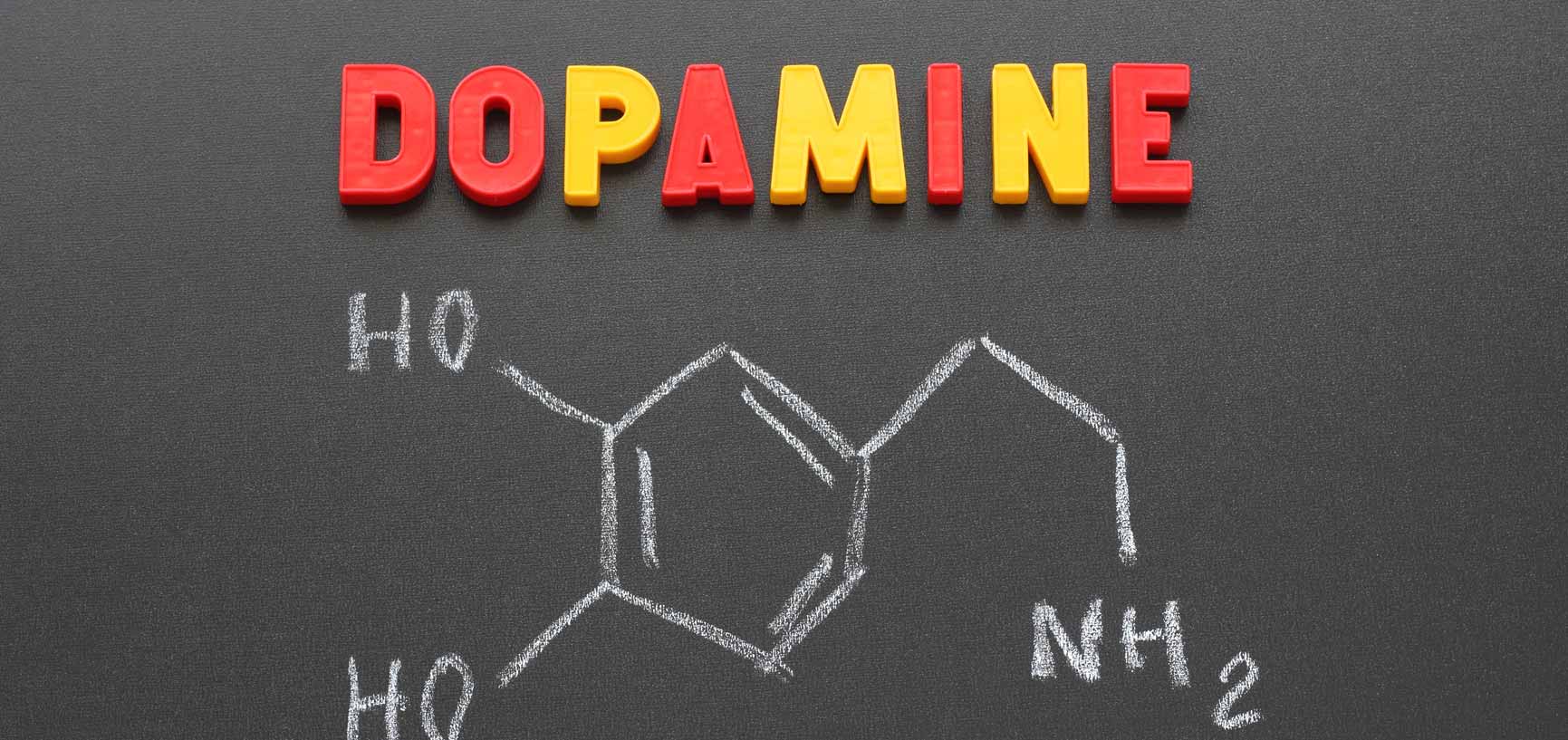According to researchers at the University of Texas at Dallas, the level of dopamine, often referred to as the “pleasure hormone,” may also play a key role in maintaining chronic pain. Researchers believe studying the compound will increase our understanding of what causes chronic pain and how it’s sustained. The hope is additional research can lead to more effective treatments. Chronic pain is hard to treat and even harder to explain. In the brainstem, various pain modulators control how the body perceives pain. The study found that a group of neurons thought to be responsible for negative emotions became hyperexcitable within days after an injury that triggers chronic pain. This change was triggered by a drop in dopamine.
Scientists believe that their findings regarding dopamine could open up new opportunities for targeting medicines that can reverse chronic pain. More investigation is underway to find out more about the molecular mechanisms that promote dopamine and chronic pain. It shows us what, with a single molecule, the brain can do.
What is dopamine? Dopamine is a chemical signal that passes information from one neuron to the next in the tiny in-between spaces. When released from the first neuron, it floats into the space (the synapse) between the two neurons, and bumps against receptors on the other side. A signal is then sent down into the receiving neuron. It sounds simple, but when you scale it up from a single pair of neurons to the vast networks in your brain, it quickly becomes complex. Dopamine manages different functions like cognition, movement, and reward-motivated behavior. In the brain, dopamine serves as a neurotransmitter and is released from nerve cells to send signals to other nerves. Outside of the nervous system, it acts as a local chemical messenger in several parts of the body.
Clinicians are interested in learning about the role that dopamine plays in chronic pain. Studies confirm that when patients are under the stress and strain of living with pain, certain brain chemicals like dopamine become reduced or altered. Bringing those chemicals back into balance is a key strategy for pain management. For those with normal function and control over their pain, signals travel from an injury to the spinal cord, then relay chemical signals to other cells. These signals will then deliver their “message” to neurons in the brain. That is how we feel pain. People with chronic pain will often have these neurons continue sending signals to the brain with no known cause or injury. As the brain becomes accustomed to the continual pain signals, it repeats the signals over and over in a similar way that addiction repeats thoughts, impulses or actions. In fact, this repeated alert occurs in the same brain region where the brain craves addictive substances. This cycle of pain, much like the cycle of addiction, can become deep-rooted in the way the brain works.
A number of important neurodegenerative diseases are associated with abnormal function of the dopamine system and some of the main medications used to treat those illnesses work by changing the effects of dopamine. Parkinson’s disease is caused by a loss of dopamine secreting cells in an area of the midbrain and the chemical L-Dopa is used to treat this deficiency and research using this drug may provide new hope for chronic pain. In a Northwestern University study scientists found that the L-dopa drug increased dopamine in the brain and eventually helped reverse the pain process. This also shows that emotions and physical pain are closely tied together in the brain. The scientists concluded that offering patients an anti-inflammatory along with a drug that raises dopamine levels or activates dopamine receptors may prove to be a good solution to preventing and treating ongoing pain.
Who is NaturalPainRelief.com and Why Do We Exist?
The research and editorial teams at NaturalPainRelief.com are committed to helping those suffering from pain to find alternative science-based solutions free from addictive drug treatments and invasive procedures.



